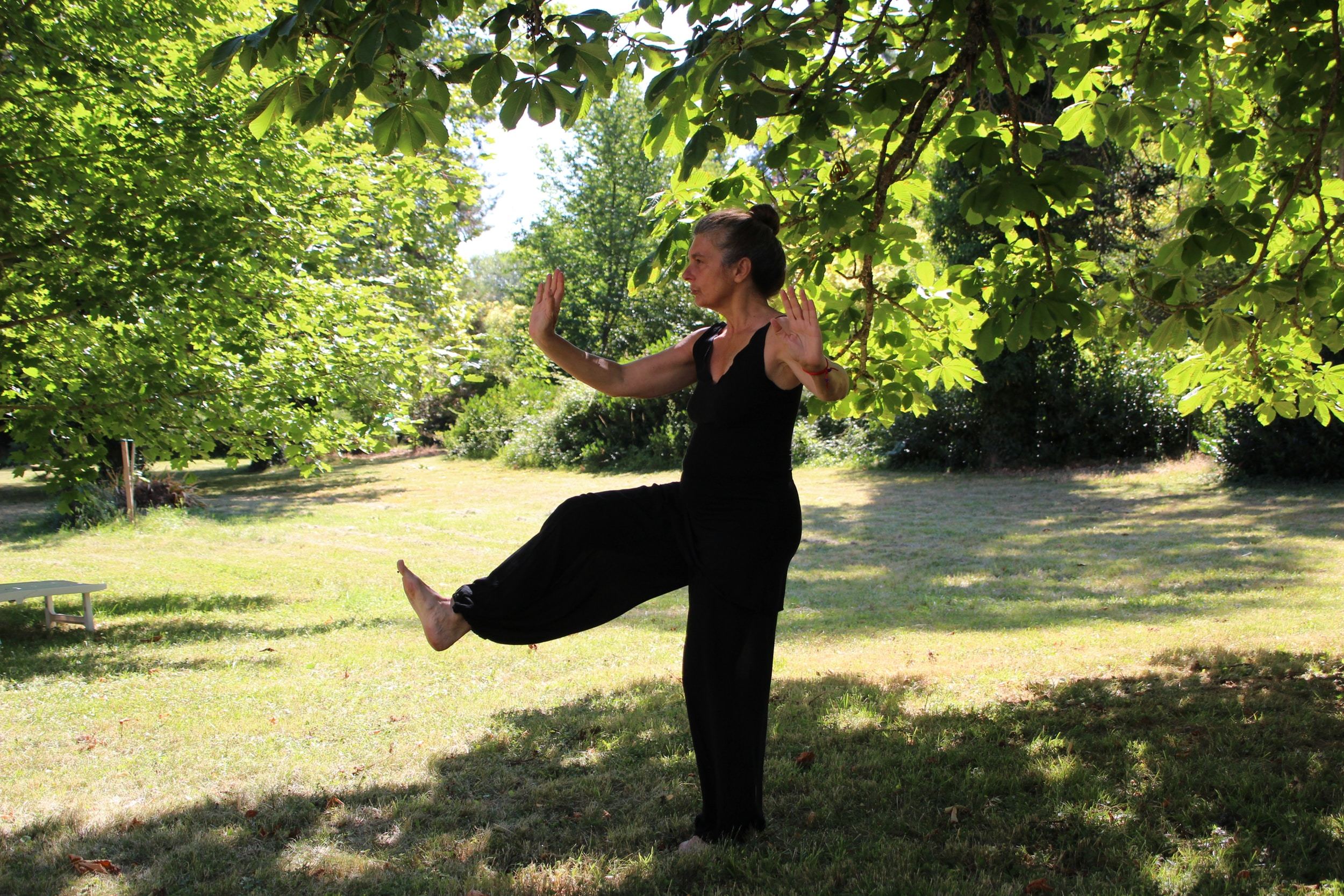Tai Chi: The Gentle Martial Art for Balance and Relaxation
In a fast-paced world filled with stressors and constant demands, finding a way to achieve physical and mental balance is more crucial than ever. Tai Chi, often described as "meditation in motion," offers a unique and holistic approach to achieving harmony within oneself. With its slow, flowing movements and focus on deep breathing, Tai Chi provides both physical and mental benefits that can improve overall well-being. In this comprehensive guide, we will explore the world of Tai Chi, its origins, principles, the benefits it offers, and provide expert insights on how to get started on your Tai Chi journey.

The Origins and Principles of Tai Chi
Tai Chi, also known as Tai Chi Chuan or Taijiquan, is a Chinese martial art that dates back to the 17th century. It was developed as a form of self-defense and a means of promoting physical health and mental tranquility. Tai Chi is characterized by its slow, graceful movements and is often practiced outdoors in serene settings.
Key Principles of Tai Chi:
Mind-Body Connection: Tai Chi emphasizes the connection between the mind and body. Practitioners focus on being present in the moment and cultivating a calm, clear mind.
Qi (Chi) Flow: Tai Chi is based on the concept of Qi, or life energy, flowing throughout the body. The movements of Tai Chi are designed to promote the smooth flow of Qi.
Balance and Harmony: Tai Chi aims to achieve balance and harmony within the body and with the external environment. Movements are slow and deliberate, promoting relaxation and balance.
Softness and Flexibility: Tai Chi prioritizes softness over hardness and flexibility over rigidity. Practitioners learn to yield to force and redirect it rather than meeting it head-on.
The Benefits of Tai Chi
Tai Chi is celebrated for its wide range of physical, mental, and emotional benefits. Here are some of the key advantages:
1. Improved Balance:
The slow, controlled movements of Tai Chi promote balance and coordination. This is particularly beneficial for older adults in reducing the risk of falls.
2. Enhanced Flexibility:
Regular Tai Chi practice can improve joint flexibility and reduce stiffness, making it an excellent option for those with arthritis or joint issues.
3. Stress Reduction:
Tai Chi encourages relaxation and mindfulness, helping to reduce stress and alleviate symptoms of anxiety and depression.
4. Better Posture:
Practicing Tai Chi helps improve posture by promoting an upright, aligned position and increasing awareness of body positioning.
5. Strength and Endurance:
Despite its gentle appearance, Tai Chi can build muscle strength and endurance over time, particularly in the legs and core.
6. Pain Management:
Some individuals find relief from chronic pain conditions, such as fibromyalgia or lower back pain, through regular Tai Chi practice.
7. Mindfulness and Focus:
Tai Chi encourages mental clarity, mindfulness, and improved concentration. It's an opportunity to unplug from the hectic pace of daily life.
Getting Started with Tai Chi
1. Find a Qualified Instructor:
To learn Tai Chi properly, consider finding a qualified instructor who can guide you through the movements and principles. Look for classes at local community centers, gyms, or martial arts schools.
2. Wear Comfortable Clothing:
Wear loose, comfortable clothing that allows for unrestricted movement. Tai Chi is typically practiced in bare feet or soft, flat shoes.
3. Start with Basic Movements:
Tai Chi consists of a series of forms or movements. Beginners typically start with basic forms and gradually progress to more advanced ones as they become more comfortable.
4. Practice Regularly:
Consistency is key in Tai Chi. Aim to practice regularly, even if it's just for a few minutes each day. Regular practice will yield the greatest benefits.
5. Mindful Breathing:
Pay close attention to your breath during Tai Chi practice. Deep, slow breaths are an integral part of the discipline and help to promote relaxation.

Conclusion
Tai Chi is more than just a martial art; it's a path to physical and mental harmony. Its slow, flowing movements and emphasis on mindfulness make it an accessible practice for people of all ages and fitness levels. By incorporating Tai Chi into your routine and embracing its principles of balance, harmony, and flexibility, you can embark on a journey towards improved well-being and a greater sense of inner calm.